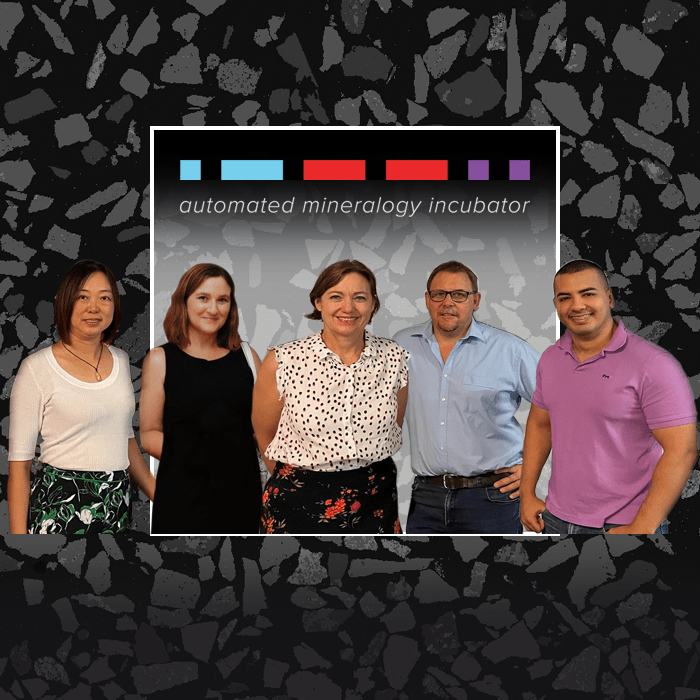
AMI Mineralogy and Metallurgy Consultancy Services
Automated MineralogyLIBSSEM

Use Automated Mineralogy Analysis for Liberation Analysis, Geometallurgical Optimisation, Ore Body Knowledge
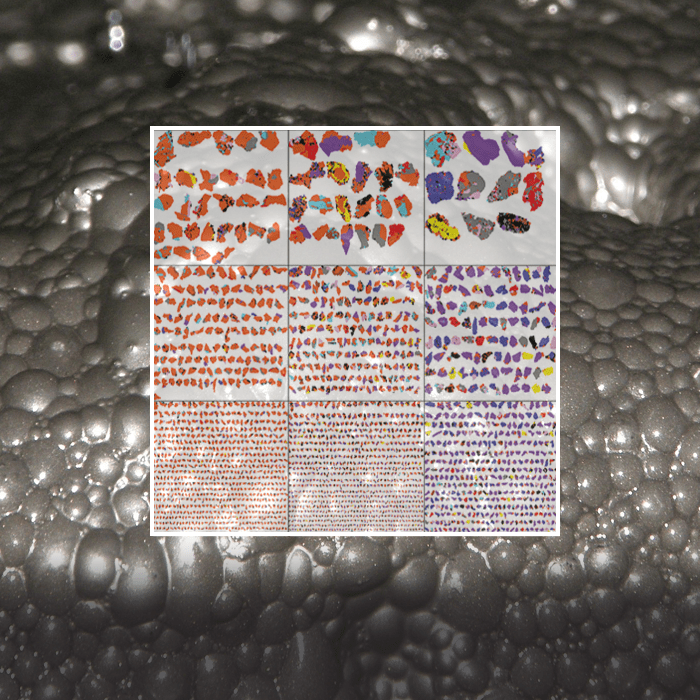
Automated Mineralogy by TIMA is a scanning electron microscope fitted with the automated mineralogy software package that allows for a rapid and unsupervised data acquisition from the mineral specimens. The collected data are automatically compared against predefined mineral definitions providing quantitative modal mineralogy and textural information of the mineral samples. Automated Mineralogy Incubator at AXT offers a wide range of TIMA access options including a full service model with geometallurgical consulting through to instrument time-share and the software training allowing the user for an independent data interpretation and reporting.
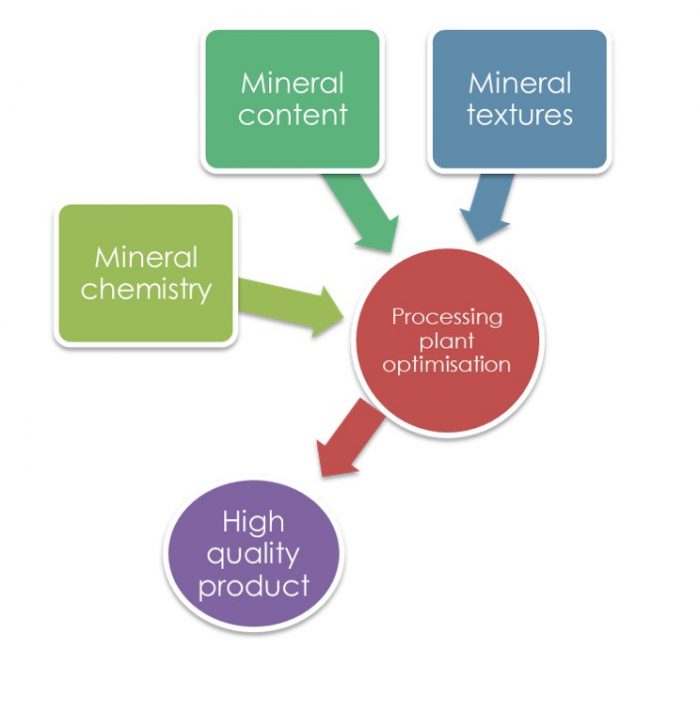
Automated Mineralogy allows you to understand and predict behaviour of the ore in the processing plant by evaluating the grain size and degree of liberation of the minerals.
It begins with defining and quantifying all the key minerals together with determining the mineral chemistry and mineral associations of ore as well as gangue.
An analysis of sized fractions allows the generation of mineral distribution curves by particle size enabling the study of key process variables. These directly give you an insight into the degree of grinding necessary for flotation and recovery of your valuable ore minerals.
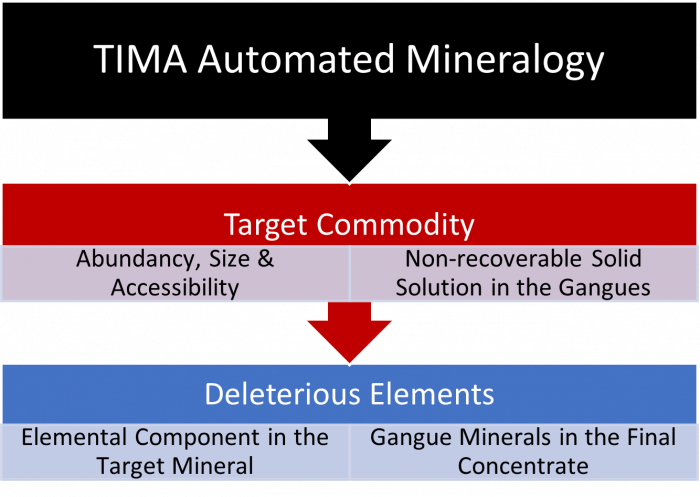
TIMA automated mineralogy allows to understand and predict behaviour of the ore minerals in the processing plant by evaluating the grain size and degree of liberation of valuable minerals.
Mineralogical studies also define the minerals affecting the processing plant performance:
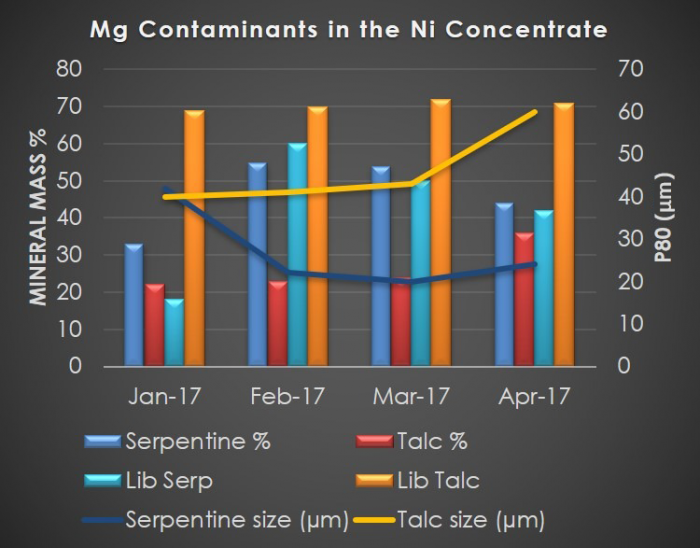
Mineralogical characterisation of weekly or monthly composited samples allow to track the changes associated with different rock types. By understanding the mineralogy and how it can affect the overall plant performance, informed decisions can be made about the block models and extraction of valuable minerals from different geological horizons
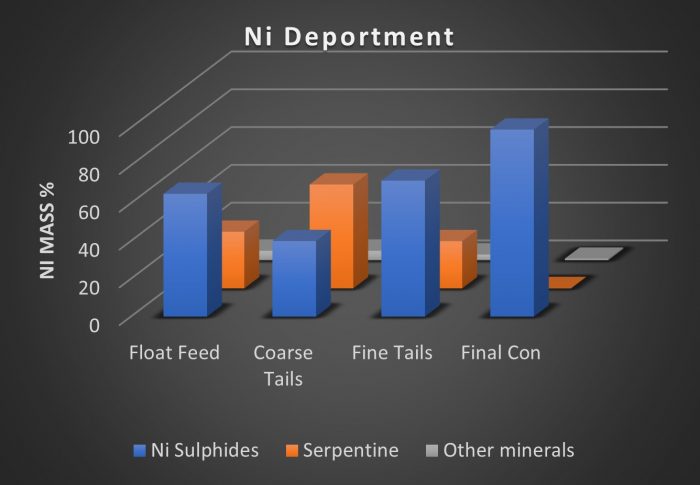
Automated chemical analysis particle by particle allows to determine and quantify the elements found in different minerals. This information along with the mineral exposure characteristics and the grain size can be used to evaluate the floatability and recovery of target minerals.
Detailed chemical analysis of the mineral particle from its core to the centre indicates if the target metal was lost in the gangue either as a fine mineral inclusion or solid solution. TIMA also defines the penalty elements that may be present in the crystal lattice in the recovered minerals.
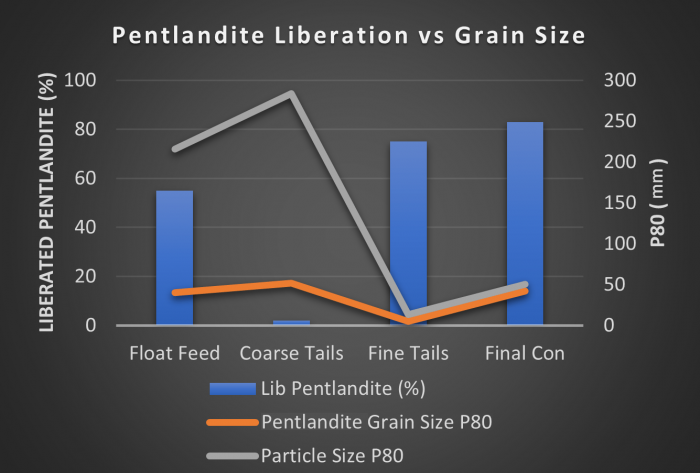
Mineral grain size distribution along with mineral liberation studies help to evaluate and optimise the grinding regime for different ore types and asses the floatability of certain minerals.
This can be achieved by analysing target and gangue minerals from different feed, concentrates and tail products.
Mineralogical characterisation of the tailings allows to define if the metal loses were due to poor liberation, alteration, small mineral grain size and/or the fact that the target commodity occurred as a chemical component in the gangue mineral.
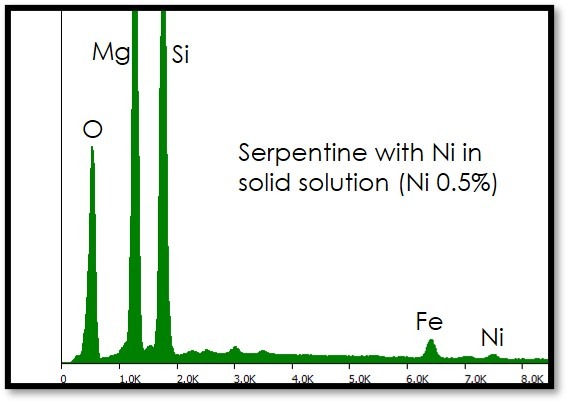
Quantitative elemental analysis of all identified minerals allow to determine distribution of the element of interest. This knowledge could be used to evaluate whether the target commodity could be extracted or lost, for instance as solid solution in the gangue mineral.
TIMA also provides quantitative distribution of deleterious elements and defines the minerals that affect the quality of the final products.
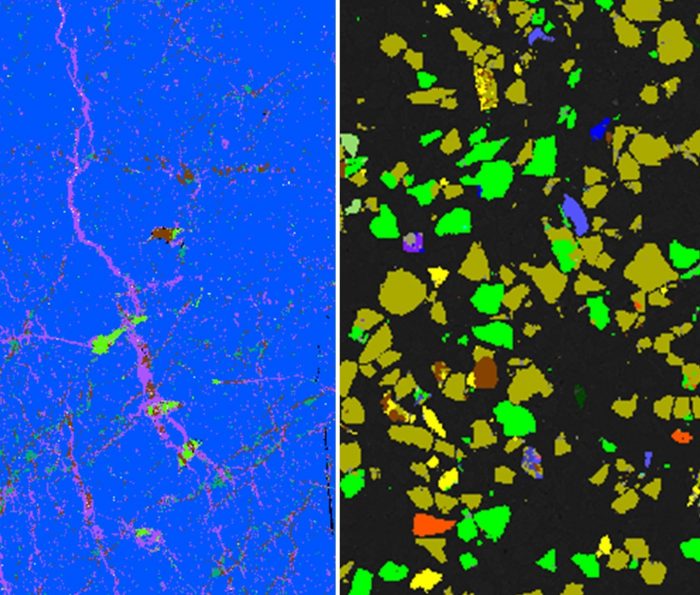
In comminution, textural properties of rocks and minerals determine ore crushing, grinding and milling processes. The cost associated with the mineral extraction can be reduced if the mineral intergrowth relationships and the rock hardness are well understood.
Mineral grain size and liberation characteristics are also important in the flotation processes.
TIMA automated mineralogy technique provides quantitative mineral abundancy along with the mineral hardness, particle size and shape information. This robust set of data can be used to validate and optimise the sizing work and eventually cut down the power consumption. It can be achieved by analysing different feed products from different parts of the mining area as well as by analysing coarse and fine products from different parts of the circuit.
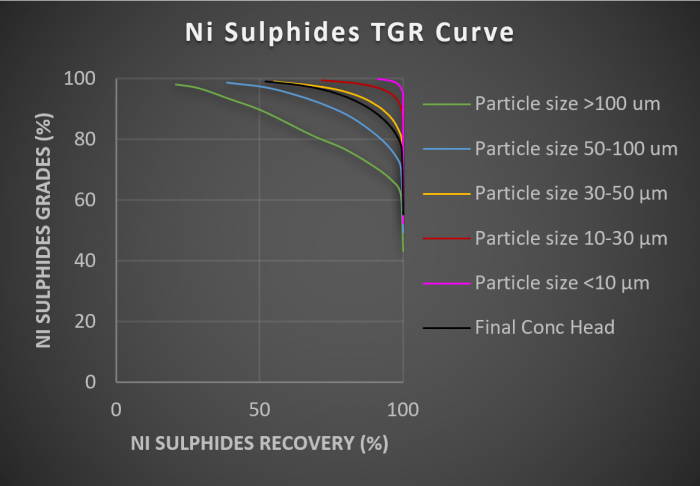
The TGR curve illustrates the maximum expected recovery of a mineral (or metal) at a given grade. The purpose of analysing the TGR curves is to define the amount of target mineral (or metal) recovered with respective grades at different stages in the processing plant. By comparing, for instance, the feed material and the final concentrate (or two different concentrated products), informed decisions can be made regarding further sizing work and how it could improve liberation and boost recoveries of the target mineral commodity
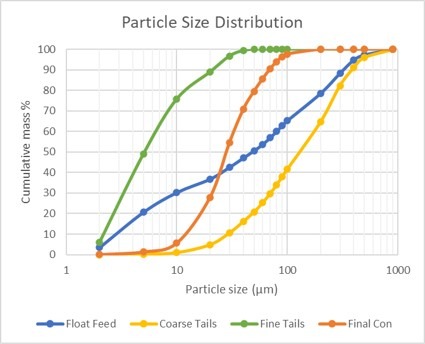
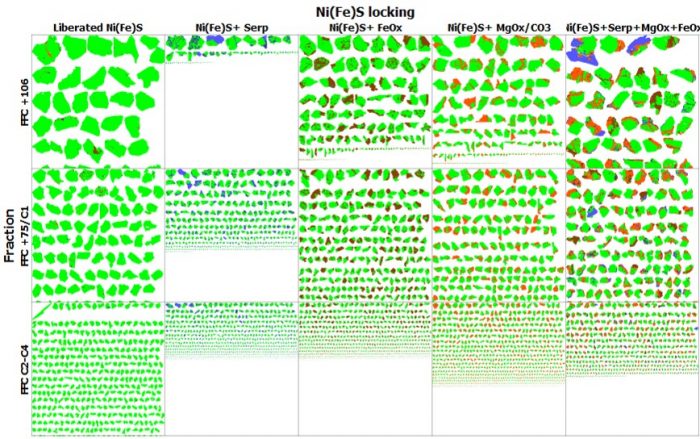
Size by size liberation tells you if the grinding regime is suitable to expose enough of the mineral surface for to be available for floatation reagents
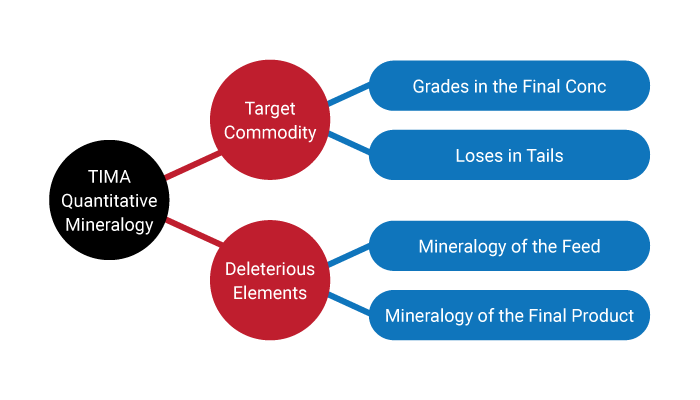
Studies of mineralogy with liberation analysis enables you to optimise your process based on minerals, mineral chemistry, the grain size versus particle size and mineral associations of the ore and gangue
